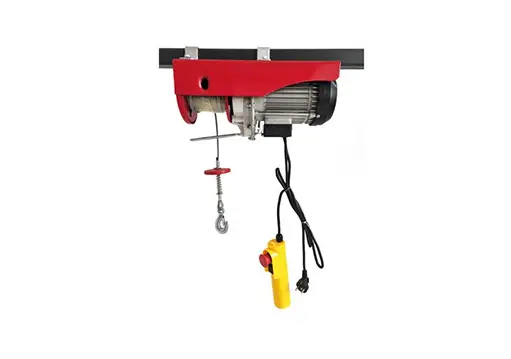


Behind the Scenes The Hand Pallet Truck Manufacturing Process
In the bustling world of logistics and warehousing, the hand pallet truck is an unsung hero, crucial for the efficient movement of goods. These indispensable machines are designed to facilitate the manual handling of pallets, allowing workers to transport heavy items with ease. Behind every hand pallet truck lies a rigorous manufacturing process, underscoring the importance of quality and precision in the industry.
Understanding Hand Pallet Trucks
Hand pallet trucks, often referred to as pallet jacks, are manual devices used to lift and move pallets. They consist of a fork, a hydraulic lift mechanism, and a handle for maneuvering. These trucks are favored for their simplicity and effectiveness in moving freight within warehouses and factories. Designed for durability, they can carry loads of varying weights, making them versatile tools in modern industry.
The Manufacturing Process
The production of hand pallet trucks begins with the selection of high-quality materials. Manufacturers typically use robust materials such as steel for the frame, reinforced with durable components to ensure longevity and reliability. The steel is then cut, shaped, and welded to create the truck's structural framework.
Once the frame is constructed, the next step involves the hydraulic lifting system. This system is crucial as it allows the operator to elevate the pallet to a suitable height for transporting. Precision engineering is vital in this phase to ensure that the hydraulic pump operates smoothly and efficiently. Manufacturers often employ computer-aided design (CAD) software to optimize the hydraulic design, ensuring maximum lifting capability while maintaining a lightweight structure.
Next comes the assembly of five key components the fork, hydraulic cylinder, handle, wheels, and the hydraulic pump. Each component must be fabricated with accuracy to guarantee seamless interaction once assembled. For instance, the wheels are crafted from specialized materials designed to withstand heavy loads and provide optimal maneuverability on various surfaces, from smooth concrete to uneven warehouse floors.

Quality control is a critical aspect of the manufacturing process. Reputable factories implement stringent testing protocols throughout the assembly line. Each hand pallet truck undergoes thorough inspection to ensure that it meets safety standards and operational efficiency. This quality assurance process not only helps in identifying defects early on but also fosters trust with potential customers.
Customization Options
As industries evolve, so do their needs. Many manufacturers offer customization options, allowing clients to specify the dimensions, load capacities, and additional features such as ergonomic handles or specific wheel types tailored for particular surfaces. Customization ensures that businesses can equip themselves with hand pallet trucks perfectly suited to their unique operational requirements.
Sustainability Considerations
In recent years, sustainability has become an integral part of the manufacturing process. Many hand pallet truck factories are now implementing eco-friendly practices, sourcing materials from sustainable suppliers, and utilizing energy-efficient machinery. Moreover, manufacturing processes are designed to minimize waste, and some factories even offer recycling programs for used pallet trucks, promoting a circular economy.
Conclusion
The hand pallet truck manufacturing process is a testament to modern engineering and design principles. By prioritizing quality, efficiency, and sustainability, factories are able to produce reliable tools that are essential for logistics and warehouse operations. As industries grow and change, the evolution of hand pallet trucks continues, ensuring that they remain a vital component of supply chain management. The next time you see a hand pallet truck in action, take a moment to appreciate the intricate processes that brought that simple yet effective tool to life.



